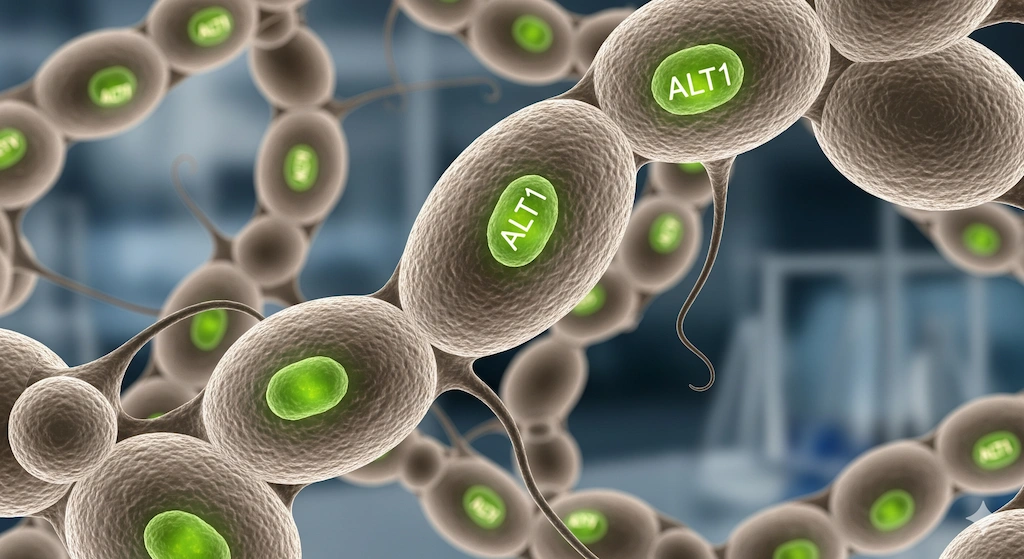GloNews10

Fungal infections are a silent global health crisis, often overlooked compared to bacterial or viral diseases. Among them, Candida albicans infection is one of the most dangerous, responsible for nearly one million deaths worldwide every year.
Now, a joint research team from IIT Madras and ICMR–NIRRCH (National Institute for Research in Reproductive and Child Health) has developed a new approach using hybrid systems biology to tackle this deadly fungus. Their discovery could open doors to more effective treatments and reduce the global burden of fungal infections.
Candida albicans is a fungal species that normally lives harmlessly in the human body — in the mouth, gut, and skin. But when the immune system weakens, it can turn pathogenic, causing infections ranging from oral thrush to life-threatening bloodstream infections (candidemia).
This makes the search for new therapies urgent and critical.
The IIT Madras and ICMR team used a systems biology model to study how Candida albicans interacts with human cells. Instead of looking at the fungus alone, they created a hybrid metabolic network combining:
This integrated model allowed them to identify critical bottlenecks — weak points in the fungal system that could be targeted without harming human cells.
The researchers highlighted the enzyme ALT1 as a potential target. Inhibiting ALT1 disrupts the fungus’s ability to thrive, reducing its virulence. This makes ALT1 a promising drug target for future antifungal therapies.

Traditional antifungal drug development focuses only on the fungus. But this new systems biology method considers both sides — the fungus and the human host.
This represents a paradigm shift in antifungal research.
While the focus is on Candida albicans, the same systems biology approach can be applied to:
This breakthrough could help scientists develop a new generation of antimicrobial therapies.
This research also highlights India’s growing role in cutting-edge biomedical science.

By combining computational modeling with clinical research, India is contributing solutions to some of the world’s most urgent health challenges.
While the discovery is promising, several steps remain before it can reach patients:
Experts say it may take years before such treatments are available, but the foundation is now in place.
The new approach to fight fungal infection Candida albicans developed by IIT Madras and ICMR could be a game-changer. By identifying weak points like the ALT1 enzyme and focusing on host-fungal interactions, this research opens the path toward safer, more effective antifungal drugs.
As antifungal resistance rises and infections claim lives globally, breakthroughs like this show that innovative science can provide hope — not just for today, but for the future of global healthcare.